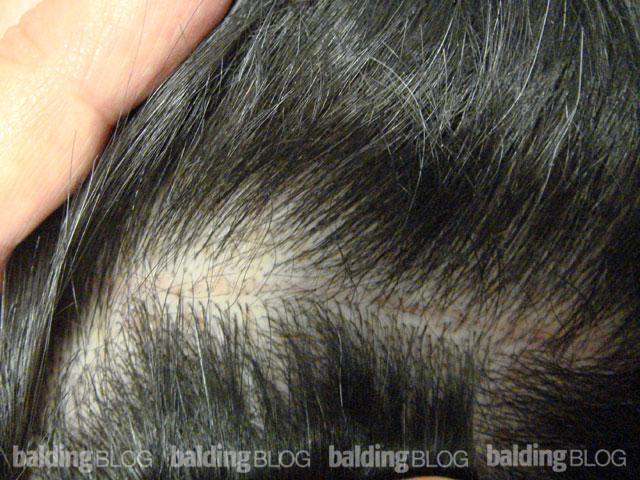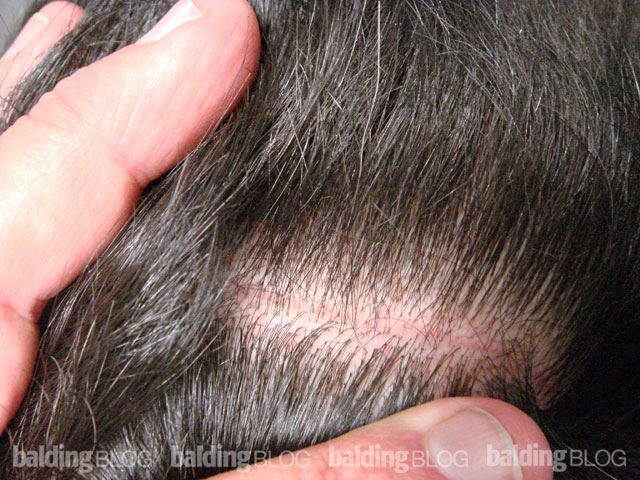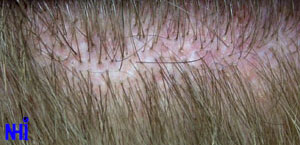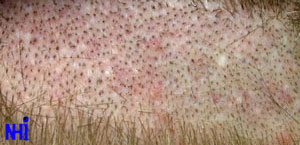I am 30 y/o.I just want to know if hair transplant is still effective for me since i want to have my scar on the scalp be covered again with hair.I had an accident 20 years ago which left a big scar on my scalp.Would hair transplant be still effective?i know there is already poor blood supply on a scarred tissue which made me think that hair wont grow anymore on the scar after hair transplant.
I can’t answer your question without knowing more. Many large scalp scars are best treated with scalp expanders and the results can be very impressive. As you used the word ‘big’ scar, am I correct to assume that the scar is larger than a baseball? You can send photos (please reference this post) and I’ll be able to tell you more.
![]()
![]()
Paid advertisements (not an endorsement):






